You have no items in your shopping cart.
Wine Montagne-Saint-Émilion
As its name suggests, the Appellation d'Origine Contrôlée Montagne Saint-Émilion is a division of the admirable AOC Saint-Émilion. This fully-fledged appellation comes from the vineyards of Montagne, a magnificent commune in the Haut-Médoc region of Bordeaux. More than 220 winegrowers work on the exclusive production of incredible red wines. Read more on Montagne-Saint-Émilion
-
Top Selling
-
Top Selling
-
Top Selling
Appellation Montagne-Saint-Émilion
The AOC Montagne Saint-Émilion owes its name to a small village
Discover the unique red wines of the Montagne Saint-Émilion appellation d'origine contrôlée, a pretty commune on the right bank of the Bordeaux region. Did you know that the winemaking activity of the Bordeaux vineyards dates back to ancient times?
Rich with history, culture, but also beautiful landscapes; it is within the most prestigious vineyards of Libourne that the AOC Montagne Saint-Émilion is located. The Libourne vineyards joined those of Bordeaux in the Middle Ages, and became the leading wine-producing region of Bordeaux from the 19th century onwards.
The wine-growing Libournais, the undisputed stronghold of the region's red wines, is considered to be the most beautiful and richest terroir in the region. It is surrounded by the two Dordogne rivers and bordered by the river. The commune of Montagne is located between the hamlets of Saint-Georges and Parsac. It offers an exclusive production of red wines, just like the rest of the Libourne vineyard.
The unique qualities and specificities of the wines of Montagne, allowed its winemakers to acquire their own appellation. Thus, in 1936, the winegrowers obtained permission to affix the name of the village of Montagne, to the label of AOC Saint-Emilion wines. 14 years after its creation (in 1922), the Montagne vineyard officially obtained the designation: AOC Montagne Saint-Émilion. The terroir, as well as the commune, are both incredible. Its small and numerous farmlands are located in the north-east of the vineyard area of Saint-Émilion, in a beautiful environment.
The vines carpet gentle, vast valleys, particularly favourable to viticulture. The architectural heritage is rich in history, represented by majestic buildings in Romanesque art, sumptuous residences in neo-classical style; but also very old fortresses, the most famous being: the Château des Tours.
Characteristics of the AOC Montagne Saint-Émilion vineyard
The vines of this appellation are located in an area where the climate has changed a lot over time. Not so long ago, it benefited from a so-called "oceanic" climate, therefore, rather mild and humid. Nowadays, global warming is having a different impact on the environment. The region benefits from an oceanic climate, which is increasingly moving towards a climate with "Mediterranean" tendencies.
The soils of the region are sometimes gravelly, sometimes clay and limestone. In the Montagne vineyard, it is a dominant clay-limestone soil that distinguishes the character of the red wines of the AOC. This type of soil gives the vines a good water supply, even in hot weather. Wines produced from gravelly grown grapes are fine, while those from clay-limestone soils are more robust.
Merlot, the king grape variety of Libourne and the Montagne Saint-Émilion AOC
In the Libourne wine region, Merlot is the king grape variety. It alone represents about 75% of the estate's vineyard, but also 58% of the grape varieties grown in the Bordeaux terroir. To express its best qualities, this grape variety needs cool, clay-limestone soils, which the Montagne Saint-Émilion vineyard has.
Cabernet Franc is probably the most widely used grape variety in the blending of Montagne Saint-Émilion red wines. It is one of the oldest red grape varieties in the Bordeaux terroir. Montagne benefits from the terroir of choice for the Cabernet Franc grape variety, as the growing conditions give it the chance to reach a perfect ripeness.
In minimal quantities, Cabernet Sauvignon adds its exceptional qualities to the red wines of Montagne Saint-Émilion. This great red grape variety is one of Bordeaux's favorites. Montagne is not its favourite terroir, but grown on the gravelly part of its soils, it still knows how to offer its best. The basic yield for this AOC is set at 53 hectolitres per hectare, for an annual production of around 75,000 hectolitres; on a cultivation area of around 1,600 hectares.
Tasting the red wines of Montagne Saint-Émilion
Montagne Saint-Émilion is a ruby red wine, more or less dark depending on its keeping potential. It reveals intense aromas of small red fruits, from its excellent grape varieties; a wide aromatic palette awakens the senses, with fruity scents evoking blackberry, cherry, blackcurrant or prunes. There are also aromas of liquorice, leather and subtle hints of spice. The olfactory journey continues with delicate aromas of undergrowth and sometimes surprising scents of candied fruit...
The red wines of Montagne are sturdy, powerful and generous wines. They are persistent, complex and tannic. Their elegance seduces with its final freshness in the mouth.
What are the great vintages of the Montagne Saint-Émilion appellation?
The ageing potential of an AOC Montagne Saint-Émilion wine is between 5 and 10 years, but can go well beyond that. These exceptional red wines offer great and many vintages.
The best vintage wines in the appellation include those from the years: 1945, 1947, 1949, 1955, 1959, 1961, 1962, 1970, 1971, 1975, 1976, 1978, 1979, 1981, and many more.
How to tune a Montagne Saint-Émilion
To enjoy a Montagne-Saint-Émilion red wine, it is recommended to serve it between 15 °C and 17 °C. It perfectly accompanies cold meats, homemade terrines, lamb, cassoulet; but also fish, such as fresh salmon or red mullet. It is also ideal for serving cheese dishes, such as Roquefort, Brie, etc. Finally, it is a real treat with chocolate desserts!
Bordeaux appellations
Côtes-de-Bordeaux-Saint-Macaire











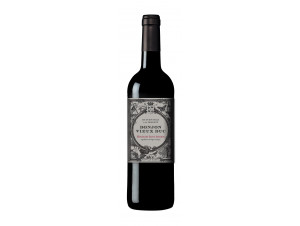



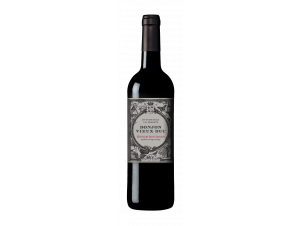






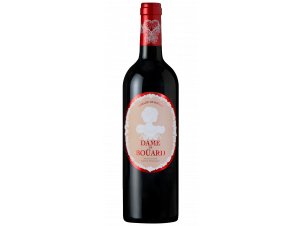

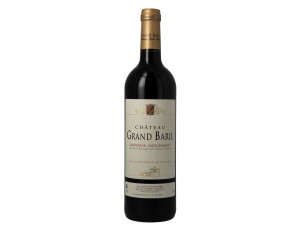








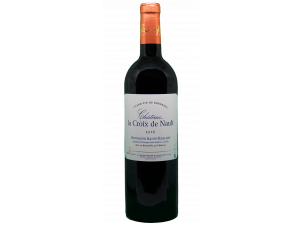




 TWIL - Achat de Vin
TWIL - Achat de Vin


